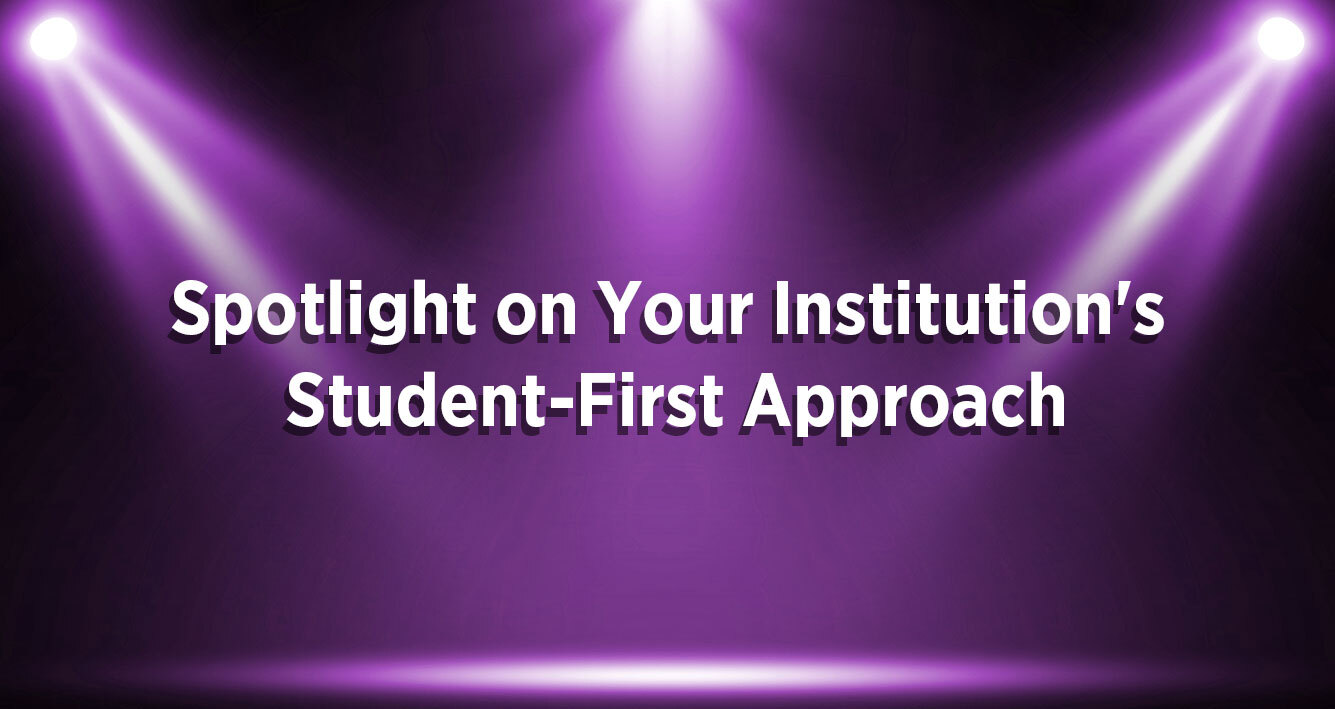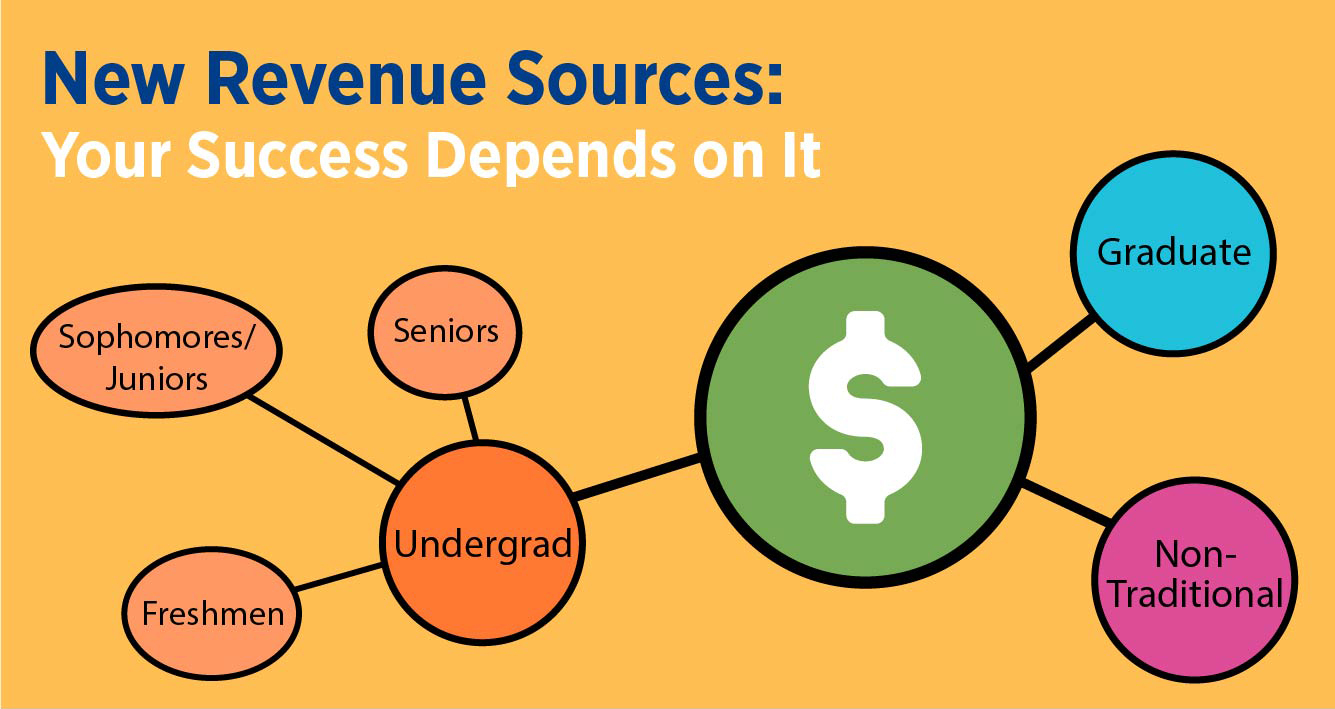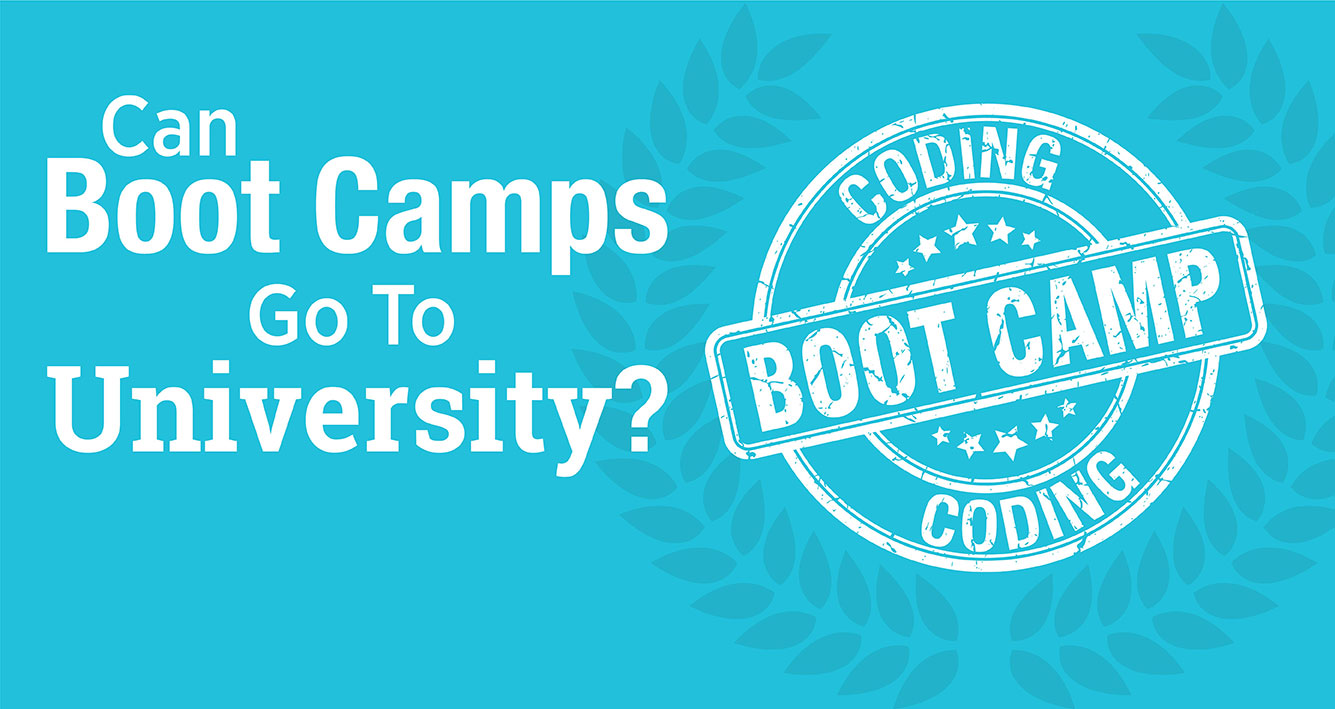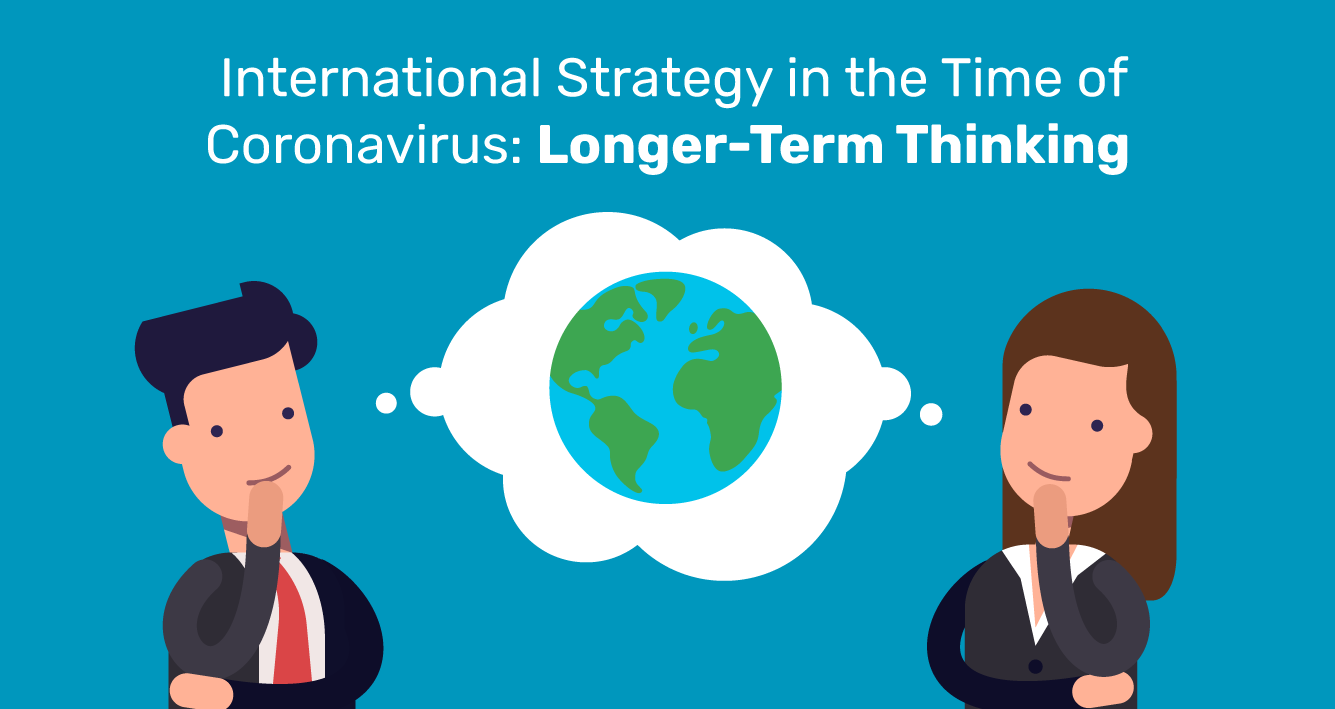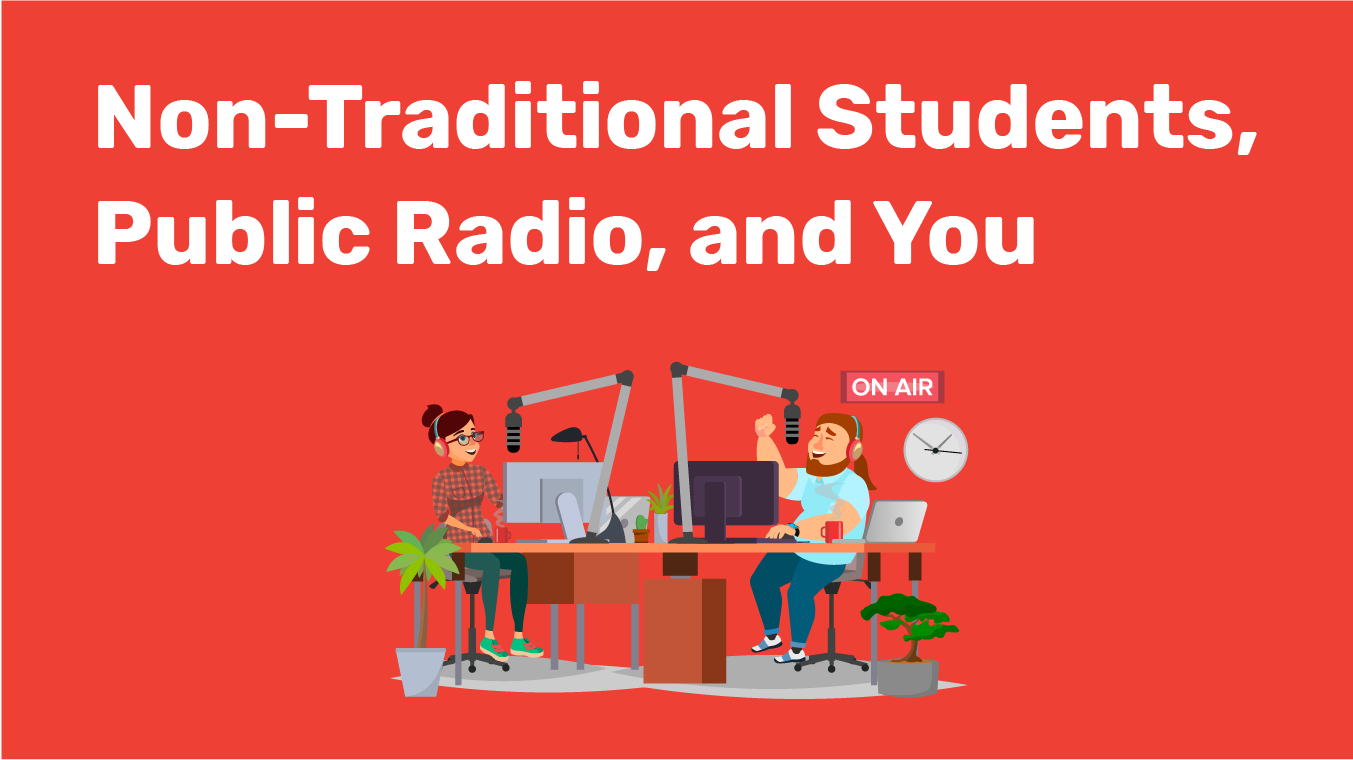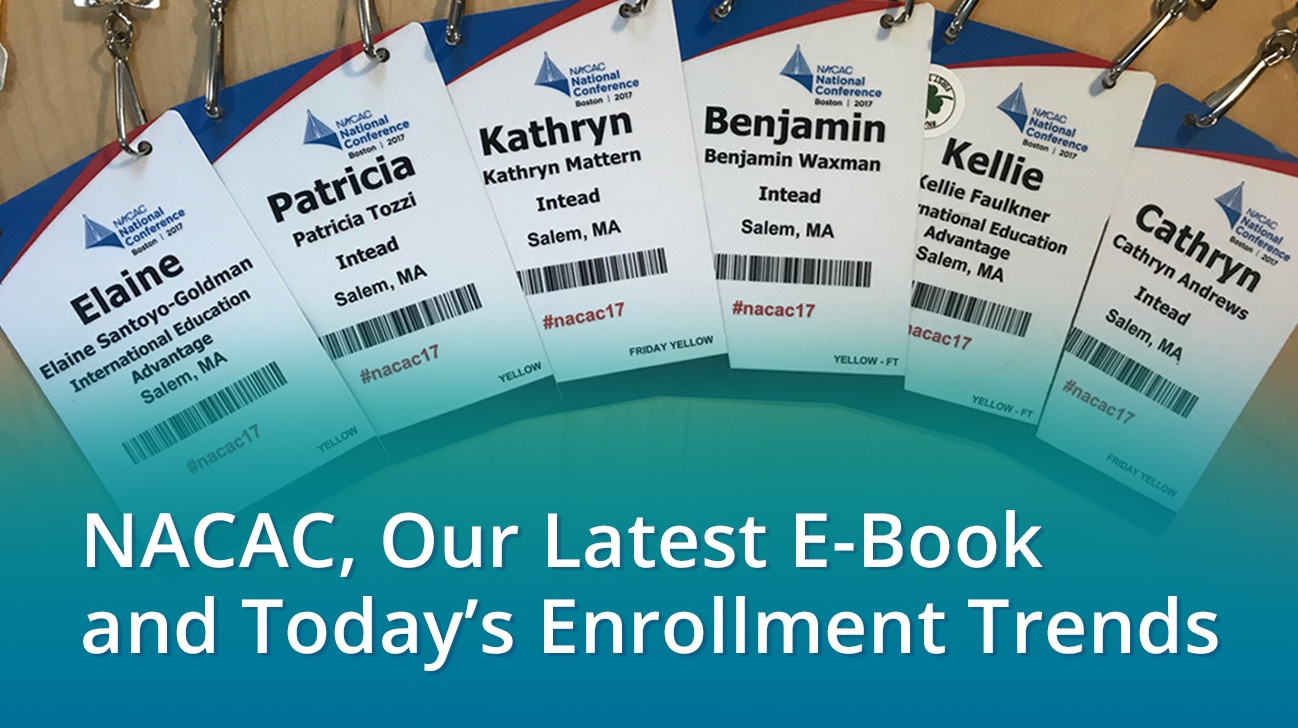If only for a cohesive, supportive team.
Almost 1,000 Edu trustees and presidents attended the Association of Governing Boards (AGB) annual conference in San Diego a few weeks ago. 80% were university trustees – volunteers who help keep the US higher educational system running. That’s an impressive thought right there.
As you can imagine, conference sessions addressed big ideas. Yet, consistent themes came to life in almost every session I attended.
- Team approach is in short supply between trustees and university administrations.
- Pressure to change the higher ed business model is growing, yet few institutions have the wherewithal to address it as quickly as needed.
- Most have been avoiding the difficult conversations facing all of us. This is making things worse, even dire.
A bit of a downer. But stick with me. The ideas matter.
The higher ed business model has long needed to change. According to AGB, 25-35% of US institutions are experiencing a negative cash flow. Let that one sink in.
Quick math: the US has ~4,000 higher education institutions. 25% of 4,000 = 1,000. Mmmm hmmm.
Negative cash flow. 1,000+ institutions.
So that, along with the fear-inducing age demographics we are all grappling with (fewer traditional US students ahead), there is reason to be concerned and reason for the conference presenters to continue to ring the warning bell that has been sounding for nearly a decade. This has all been predictable and predicted.
Which brings us back to point #3 above: human beings don’t really like difficult conversations.
Which leads us to the importance of a cohesive team. The challenges we all must face right now, this year, and for the foreseeable future, require an aligned team. Those without that alignment are going to falter, a lot.
On the brighter side, it’s not as if human beings have never faced challenges before. The history of the world is full of stories of challenges faced and overcome. We have a responsibility to face the challenges before us now as those who came before us faced theirs – giving us the opportunities we have ahead.
Frederick Douglass: “If there is no struggle, there is no progress.”
Below you’ll find inspiring exploration of where we all go from here to make our institutions rise despite the challenging times. I’ve grabbed some of the best insights from the sessions that prompt us to explore, evaluate, plan…and then, since these are trustees, they hand it off to others to deliver. (That means you ; -) And don’t worry. We’re right by your side. We are up for it and eager to dive in.
To get the inside scoop on how your institution will face the future, read on…
Read More
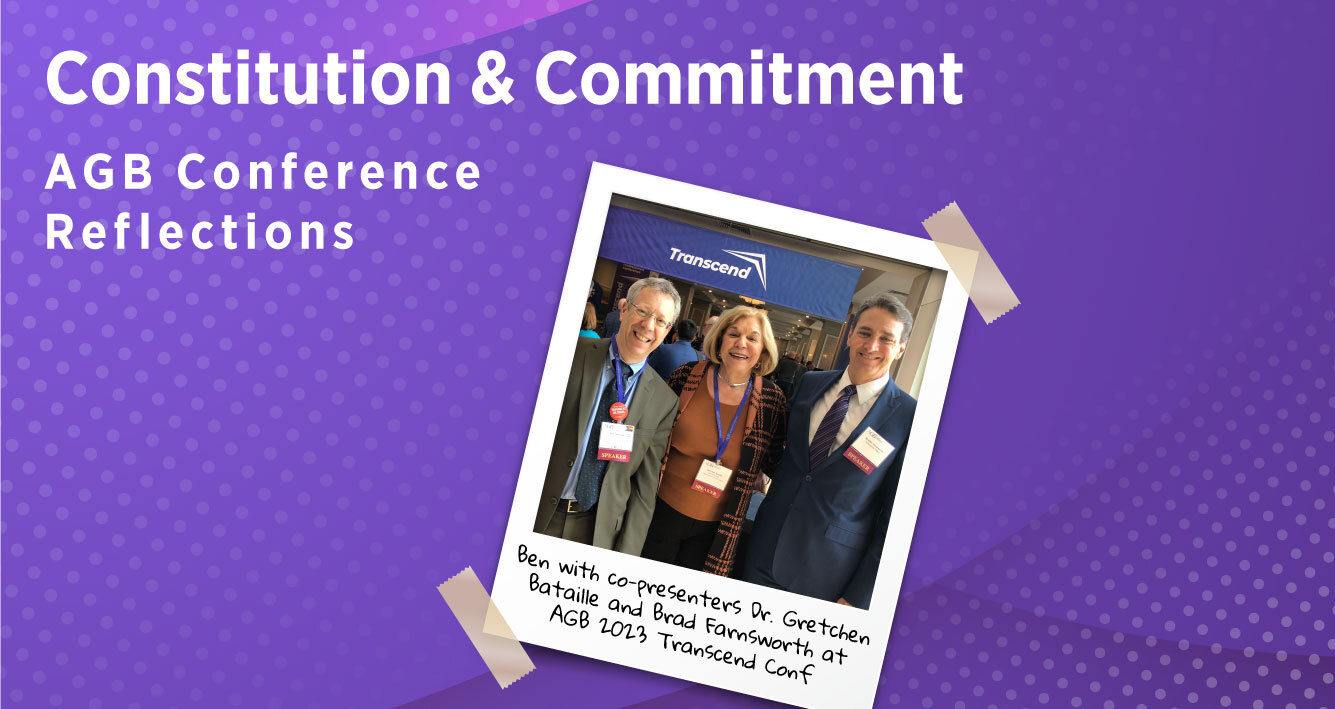
.jpg)
.jpg)
